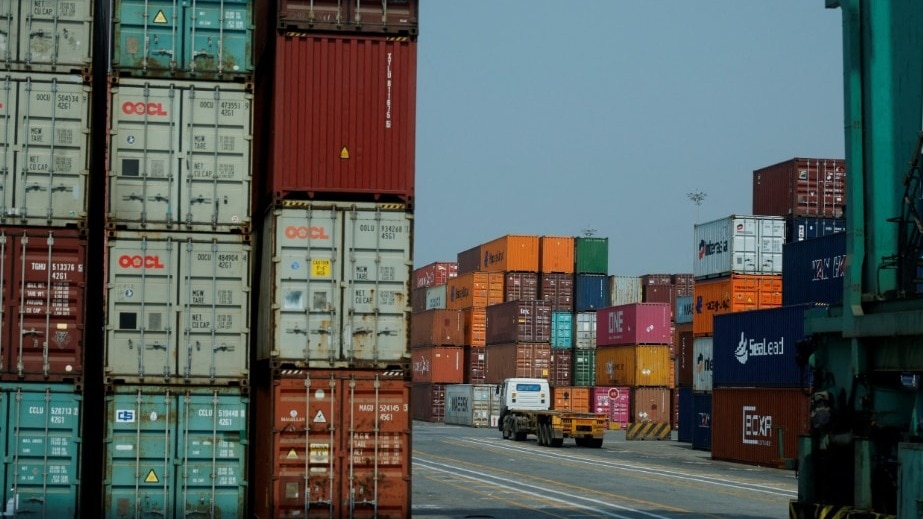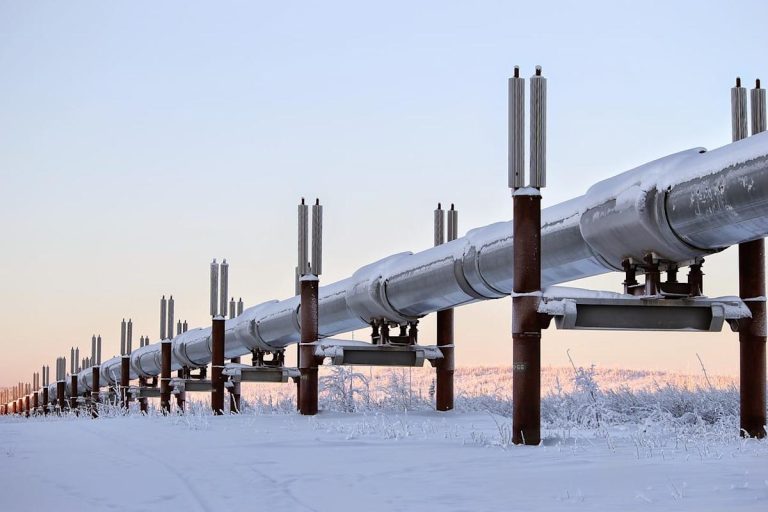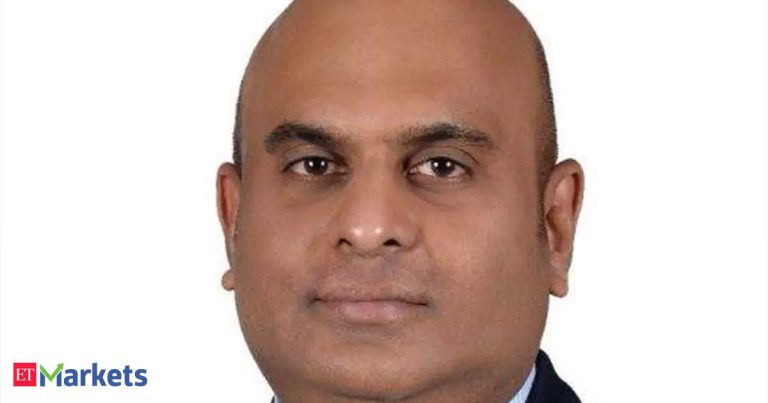Chairman of the Economic Advisory Council to the Prime Minister (EAC-PM) S Mahendra Dev, emphasised that it’s important for India to negotiate the trade deal with the US on its own terms to boost exports and gain tariff advantages.
The proposed trade agreement aims to address high tariffs on several Indian sectors. India seeks the removal of a 26 per cent additional tariff and the easing of tariffs on steel and aluminium (50 per cent) and the automotive sector (25 per cent). This stance is reinforced by India’s right under WTO norms to impose retaliatory duties if necessary.
“The overall approach of India is negotiating trade agreements with countries on its own terms and keeping in view the national interests. The negotiations are going on and the ultimate decision depends on the mutual interests of both countries,” he told news agency PTI. The Indian team is in Washington for the fifth round of negotiations for the proposed Bilateral Trade Agreement (BTA).
Dev commented on India’s inflation targeting framework, asserting, “There is no need to increase inflation target when the present framework is doing well on both inflation and growth objectives.” The current framework maintains a flexible inflation targeting approach, aiming for a 4 per cent rate with a tolerance band of +/- 2 per cent.
The EAC-PM Chairman highlighted the upcoming revision of the Consumer Price Index (CPI) base year to 2024, which he believes will improve inflation data accuracy.
Dev noted the importance of keeping inflation in check to benefit the economically vulnerable, saying, “It may be noted that higher inflation hurts the poor and middle class mostly. Low inflation is also important for sustainable growth.” The government continues to adhere to the Fiscal Responsibility and Budget Management (FRBM) targets, having reduced the fiscal deficit significantly over recent years.
The Production Linked Incentive (PLI) scheme is another strategic initiative by the Indian government aimed at boosting domestic manufacturing. Dev remarked, “PLI incentives, along with FTAs with other countries, should attract FDI and enhance exports.” This scheme targets increased gross value added and employment through local manufacturing.
Moreover, the government is focusing on reducing import content and enhancing employment in PLI sectors. “Government is working on increasing gross value added, reducing import content and increasing employment for PLI sectors by encouraging local manufacturing capability,” Dev stated.
The electronics and renewable energy sectors are particularly benefiting from these strategies, with Dev noting, “A similar story can be heard for exports. The electronics and renewable energy sectors have attracted higher FDI inflows.” India’s focus on these areas aims to fortify its position as a significant player in the global manufacturing landscape.







